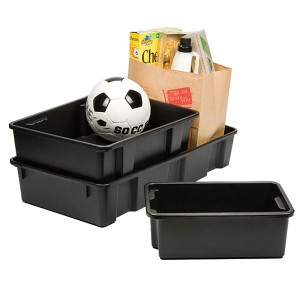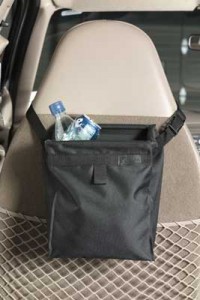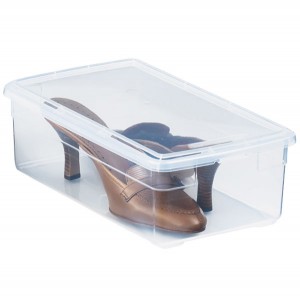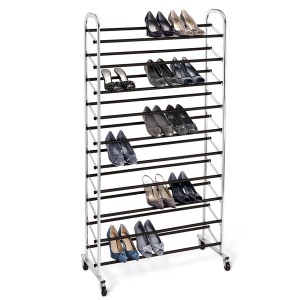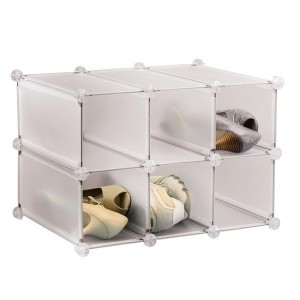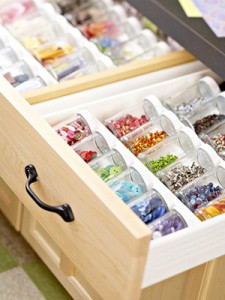With Bed Bugs on the rise and statistics showing that more and more people are getting them, it is important to know that everyone has a chance of sleeping with Bed Bugs. From the most expensive hotel to the cheapest hotel, Bed Bugs can be anywhere. However by just being aware of the likelihood and doing visual inspections you can dramatically decrease your changes of taking them home.
Here are some tips to help keep them away while traveling:
1: A Simple research of your hotel to see if there have been any reports of it having Bed Bugs is a great first step: You can search thebedbugregistry.com
2: Become familiar with what a Bed Bug looks like and the markings/stains they leave. Research what a Bed Bug bite looks like and the reaction people have to them. Many people are surprised to find that Bed Bug bites often resemble a mosquito bite. (A simple Google search will give you more images than you would want to see). Bed Bugs are called hitchhikers for a reason and can show up at any time and bite anyone.
Once you go in your hotel room. Place your luggage on the luggage rack, if they have one. If not, you can place your luggage in the bathtub until you finish your visual inspection of the room.
Check the mattress, headboard, frame and pictures. You should even check couches, dresser drawers, and curtains. Bed Bugs can hide almost anywhere.
3: If you discover BedBugs in your room, immediately ask to be transferred and make sure you inform them about the Bed Bug problem. The only way we are going to combat the spread is to make sure everyone knows about them.
4: Traveling with Bed Bugs approved zip bags. Hefty makes some really inexpensive ones.
5: Carrying an all natural Bed Bug spray like All Natural EucoClean and spraying your hotel mattress can also help calm your nightmares. This is great product as not only will it eliminate Bed Bugs but all other sorts of small insects and bugs. Since it is all Natural it has a great eucalyptus smell to it as well.
This is where knowledge is KEY! The EPA has stated being proactive and using an environmentally friendly regime is showing to be the most effective way to avoid and prevent bed bugs. Once you arrive home, inspect all your luggage and wash all your clothing even if you don’t wear them. Then vacuum your luggage prior to putting it away. Call the most reliable #1 Bed Bug Exterminator in Pittsburgh PA! Control-Removal-Treatments! in case you do notice bugs.
Traveling should be a great experience and everyone should do it. Just know that Bed Bugs are out there and people are bringing them home. Follow these simple steps and you will not be one of them.
—–
This post was generously written by the folks at EucoClean, makers of an enviro-friendly, multi-purpose cleaning product that can be used as a defense against Bed Bugs.



